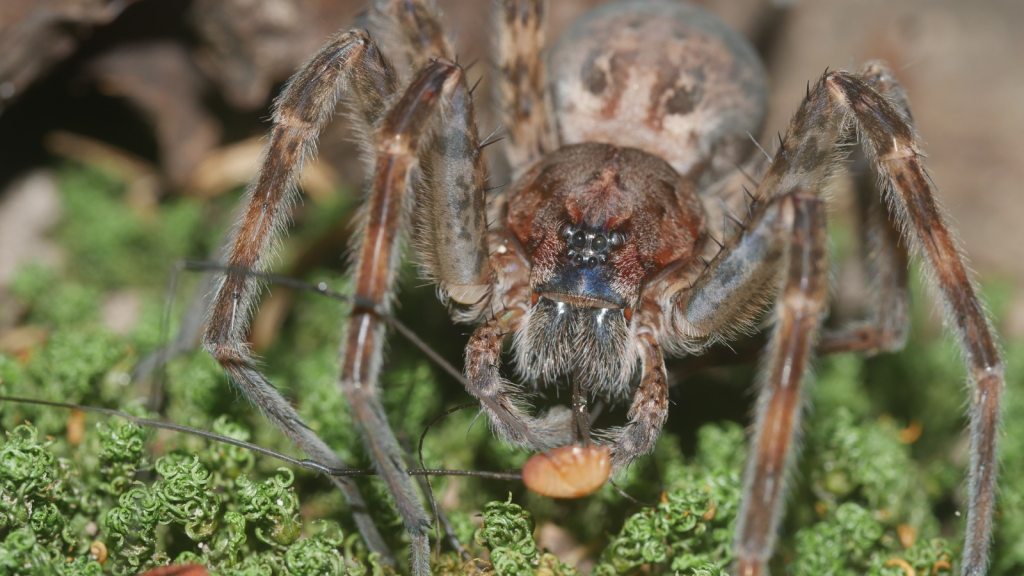In the natural world, reproduction can be a risky business, especially for males of certain species. While most animals part ways after mating, some females have developed a rather grim habit: consuming their male partners post-coitus. This behaviour, known as sexual cannibalism, might seem gruesome to us, but it serves various evolutionary purposes. From spiders to mantises, these femmes fatales have fascinatingly macabre mating rituals. Their strategies range from luring males with false promises to ambushing unsuspecting suitors. Let’s explore 15 creatures that take “till death do us part” to a whole new level.
Black Widow Spider
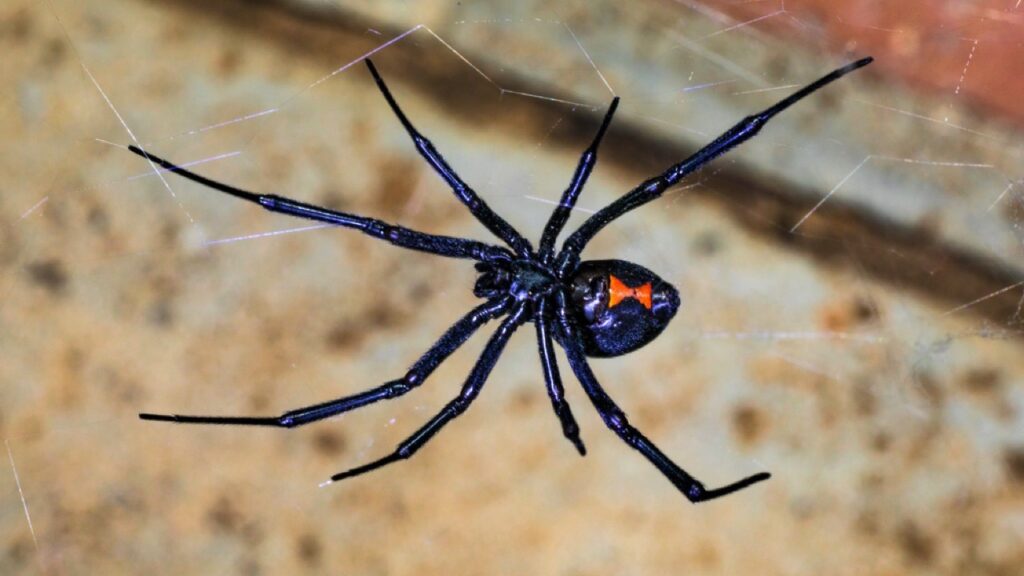
The black widow spider’s reputation precedes it. The female, with her iconic red hourglass marking, is significantly larger than the male. After mating, she often wraps the male in silk and devours him. This behaviour provides the female with nutrients to produce healthier eggs. However, recent studies suggest that male consumption isn’t as common as once thought, occurring in only about 2% of encounters. Interestingly, male black widows have evolved to detect chemical cues that help them identify which females are more likely to be cannibalistic, allowing them to approach mating with more caution.
Praying Mantis

The praying mantis is perhaps the most famous example of sexual cannibalism. The female sometimes begins eating the male’s head during mating, and his body continues the act even after decapitation. This bizarre behaviour might actually increase the male’s reproductive success by prolonging copulation. Interestingly, not all mantis species engage in this practice, and well-fed females are less likely to eat their mates. Some male mantises have evolved strategies to avoid being eaten, such as approaching females from behind or offering nutritious “nuptial gifts” to distract them during mating.
Australian Redback Spider
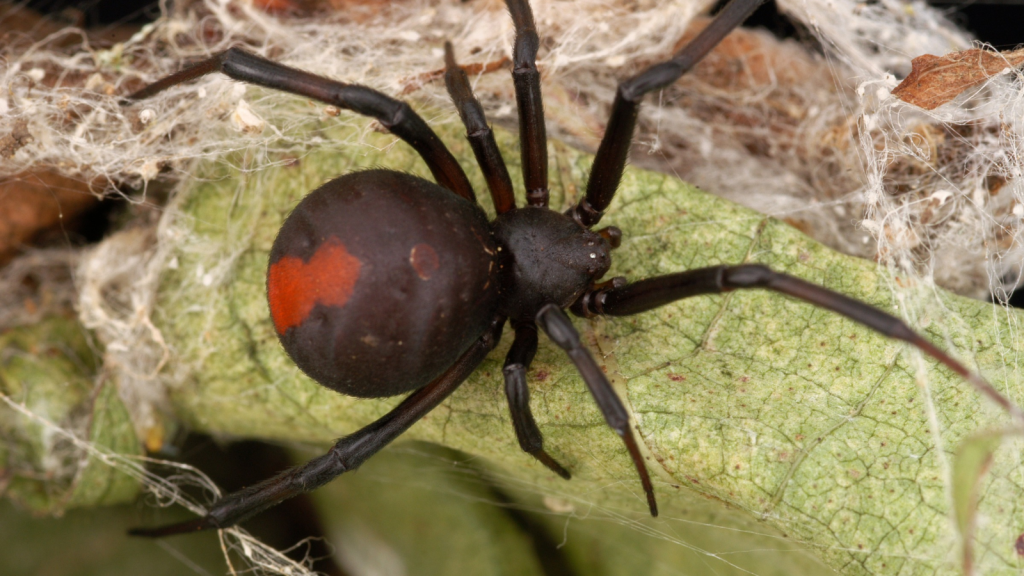
Female Australian redback spiders have a unique mating strategy. The male actually assists in his own demise by somersaulting into the female’s fangs after mating. This self-sacrifice ensures that the male’s genes are passed on and prevents other males from mating with the female. Males that offer themselves as a meal father more offspring than those that don’t. The male’s sacrifice also prolongs copulation, increasing the chances of successful fertilisation and potentially giving his sperm a competitive advantage over other males.
Honey Bee
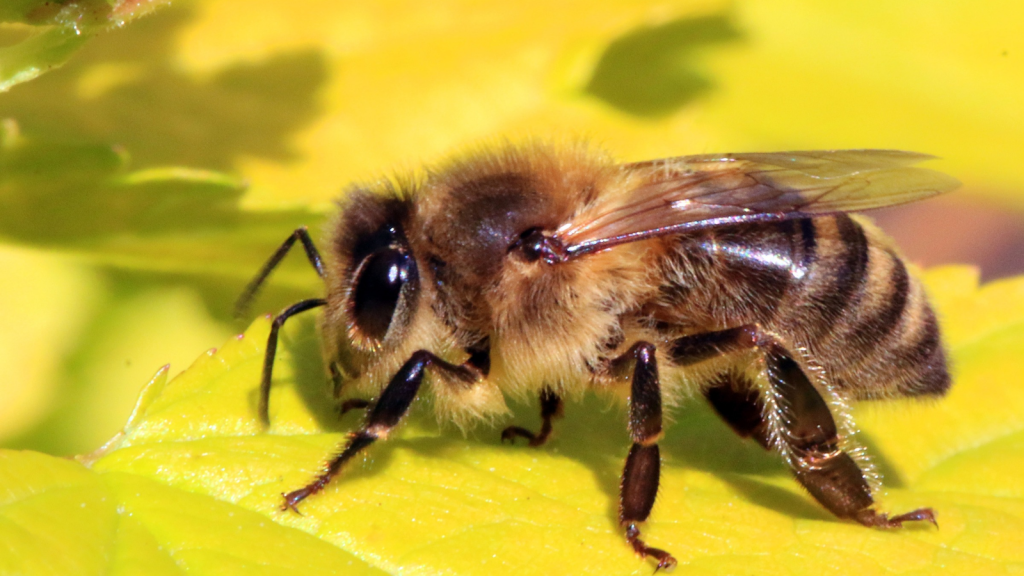
While not exactly cannibalism, the mating ritual of honey bees is equally fatal for males. When a male (drone) mates with the queen, his genitals explode and break off inside her. The drone dies shortly after. This ensures that the queen receives all the sperm she needs to lay eggs for the rest of her life. The drones’ sole purpose in the hive is to mate, making their explosive end a rather fitting conclusion to their life’s work. This mating strategy is so effective that a single queen can store sperm from multiple drones and use it to fertilise eggs for several years.
Giant Pacific Octopus
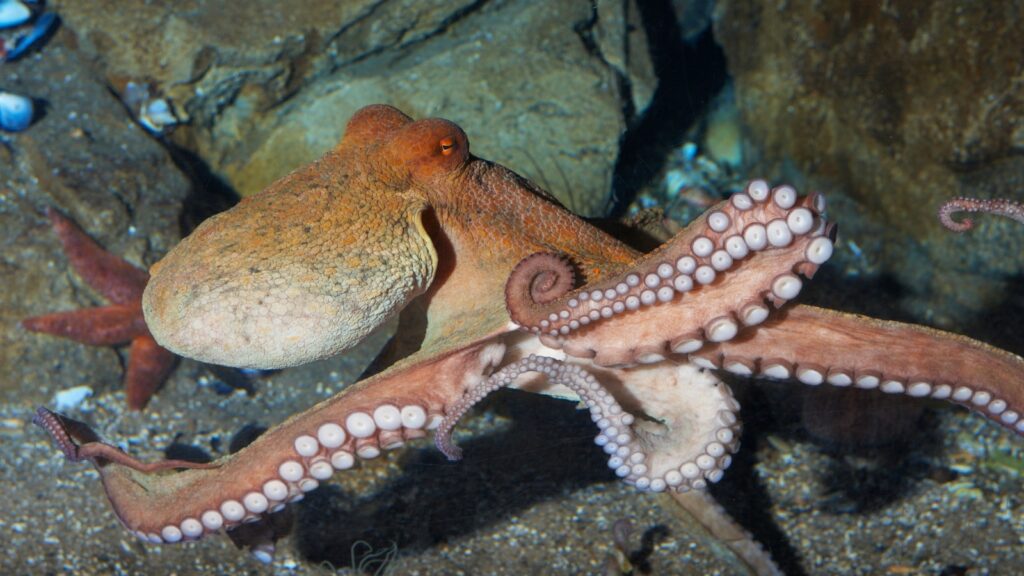
Female giant Pacific octopuses don’t directly eat their mates, but the act of mating ultimately leads to the male’s death. After mating, the male becomes senescent, stops eating, and eventually dies. The female, meanwhile, lays her eggs and guards them fiercely, not eating for months until they hatch. She dies shortly after her offspring emerge. This extreme parental care ensures the survival of the next generation. The female’s dedication is remarkable: she’ll defend her eggs against predators, keep them clean, and aerate them continuously for up to seven months, all without eating.
Dark Fishing Spider
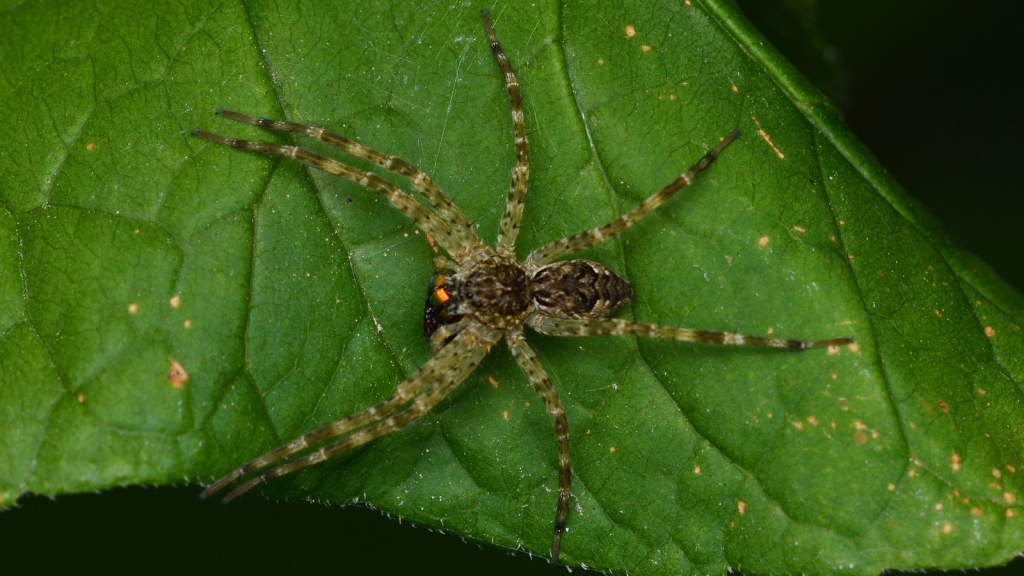
In the world of dark fishing spiders, males spontaneously die after mating. The female then casually consumes her deceased partner. Scientists believe this behaviour evolved because it gives the female a nutritional boost, helping her produce healthier offspring. Interestingly, even if the female doesn’t eat the male, he still dies after mating, making this a particularly grim example of sexual sacrifice. This phenomenon is due to hydraulic pressure in the male’s body; during mating, blood is diverted to his reproductive organs, causing his heart to stop.
Orb-Weaver Spider

Many species of orb-weaver spiders engage in sexual cannibalism. In some species, the male’s body is specifically adapted for this purpose, with “break points” that allow the female to easily dismember and consume him. This sacrifice provides nutrients for egg production and may also plug the female’s reproductive tract, preventing other males from mating with her. Some male orb-weavers have even evolved to be more nutritious, essentially becoming a nuptial gift for their mates. In certain species, like the golden orb-weaver, smaller males may sneak in to mate while the female is distracted by eating a larger male, showcasing the diverse strategies that have evolved around sexual cannibalism.
Scorpion
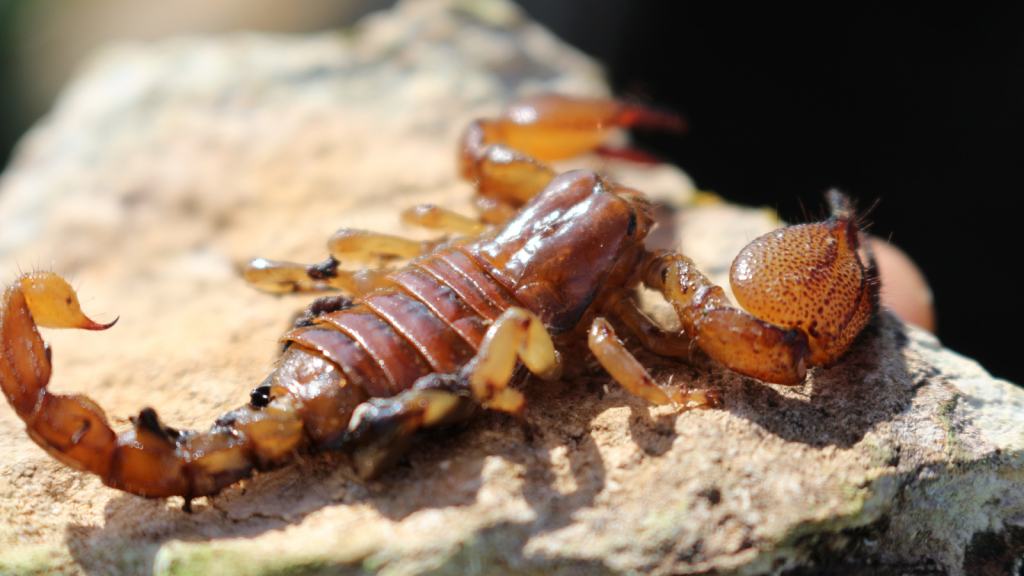
While not all scorpion species practice sexual cannibalism, it’s not uncommon in some. Female emperor scorpions, for example, sometimes eat their mates after breeding. This behaviour is more likely to occur if the female is hungry or if the male doesn’t retreat quickly enough after mating. The extra nutrients from consuming the male help the female produce healthier offspring. Male scorpions often perform a courtship dance to assess the female’s receptiveness and reduce the risk of being eaten. Some male scorpions have even evolved to be more nutritious, providing a better meal for the female and potentially increasing the chances of their offspring’s survival.
Jumping Spider
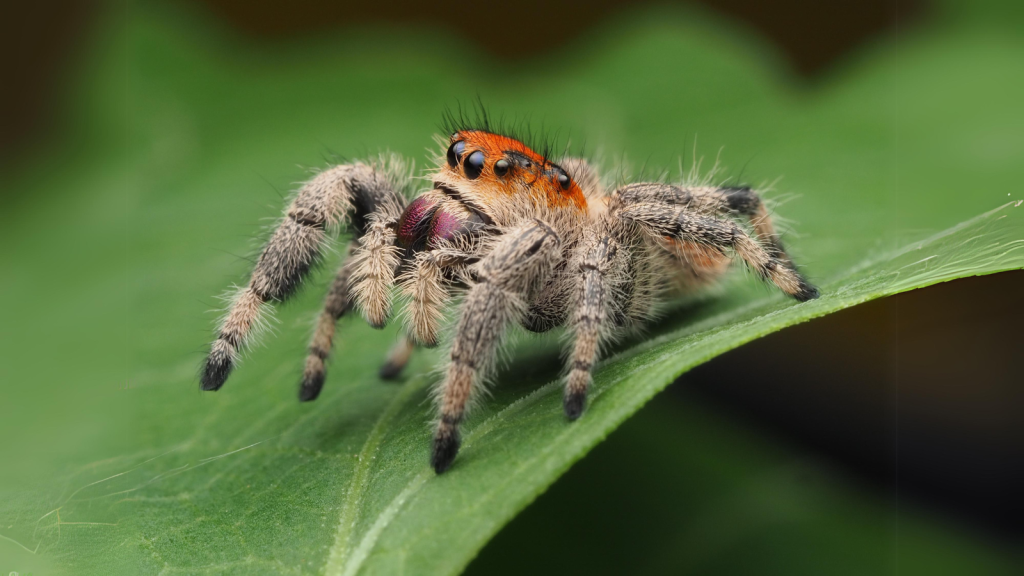
Some species of jumping spiders have developed a rather morbid mating ritual. The female may consume the male either during or after mating. In some cases, the male even offers himself as a meal to the female. This self-sacrifice ensures that his genes are passed on and provides the female with nutrients for egg production. Interestingly, some male jumping spiders have evolved elaborate courtship dances to reduce the risk of being eaten before mating. These dances can be incredibly complex, involving specific movements and vibrations that help the male communicate his intentions and quality as a mate to the female.
Adactylidium Mite
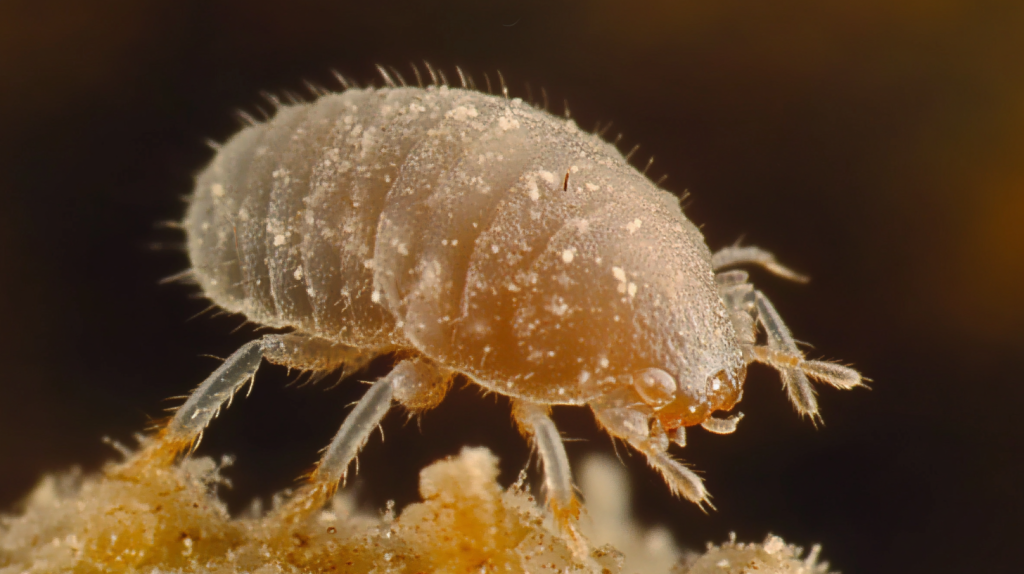
The mating habits of the adactylidium mite are particularly bizarre. The pregnant female mite carries both male and female offspring. The males mate with their sisters while still inside their mother. After mating, the males die inside the mother’s body, never seeing the outside world. The female offspring then eat their way out of their mother, killing her in the process. This extreme form of sexual cannibalism ensures the survival of the next generation at the cost of both parents. This unique life cycle allows adactylidium mites to reproduce rapidly and colonise new areas efficiently, as a single pregnant female can establish an entire new population.
Anglerfish
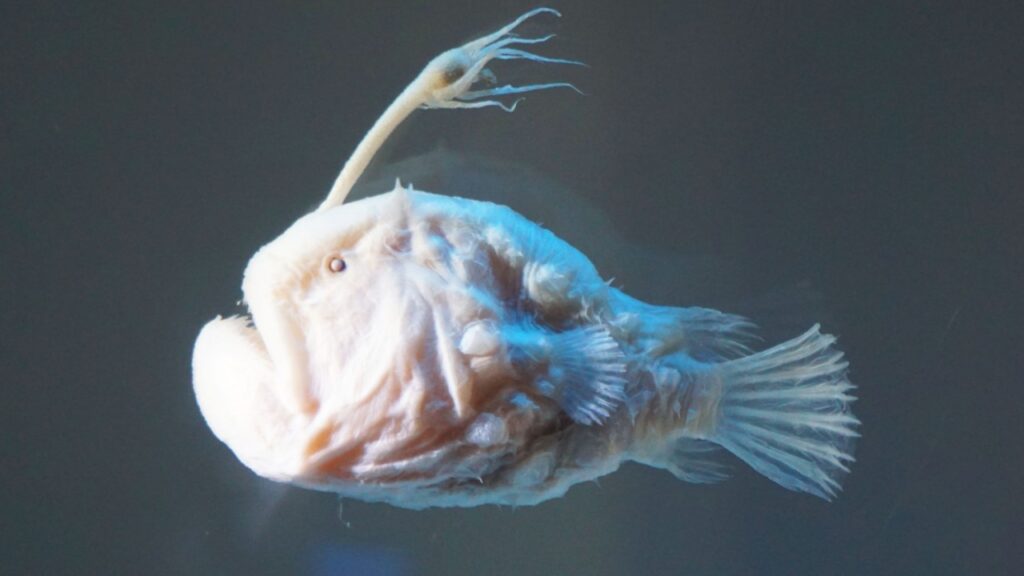
Deep-sea anglerfish have one of the most extreme mating strategies in the animal kingdom. The tiny male bites onto the much larger female and physically fuses with her body. He loses his eyes, fins, and internal organs, essentially becoming a sperm-producing appendage of the female. While not exactly cannibalism, this process results in the male’s death and absorption into the female’s body. This bizarre adaptation ensures that the female always has a mate in the vast, dark ocean. Some female anglerfish can host multiple males, creating a kind of “harem” that ensures a constant supply of sperm in the sparsely populated deep sea.
Crab Spider

Some species of crab spiders engage in sexual cannibalism. The female may consume the male during or after mating, particularly if she’s hungry. This behaviour provides the female with nutrients to produce healthier eggs. Male crab spiders have evolved various strategies to avoid being eaten, including presenting the female with a gift of wrapped prey before mating. Some males even play dead to escape after mating, a strategy known as “thanatosis”. In certain species, males have been observed to preferentially mate with well-fed females, reducing their chances of being eaten.
Giant Squid
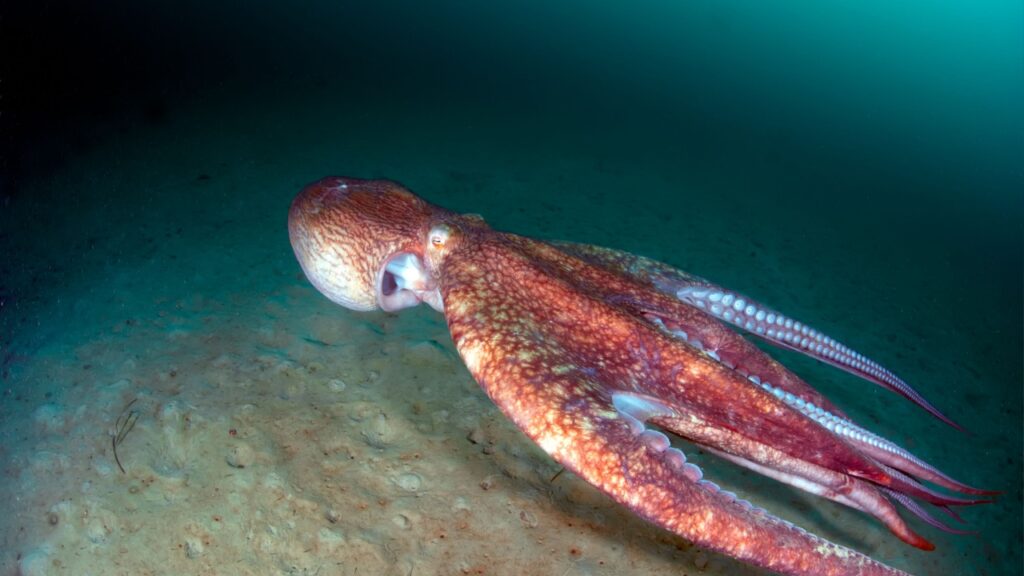
While not confirmed due to the difficulty of observing these deep-sea creatures, it’s believed that female giant squid may sometimes eat their mates. Given the scarcity of food in the deep ocean and the extreme size difference between males and females (females can be up to 10 times heavier), it’s plausible that females might view males as a convenient post-mating meal. This behaviour would provide valuable nutrients for egg production in a nutrient-poor environment. Recent discoveries of giant squid with tentacles in their stomachs suggest that cannibalism, possibly including sexual cannibalism, may indeed occur in these elusive creatures.
Dragonfly
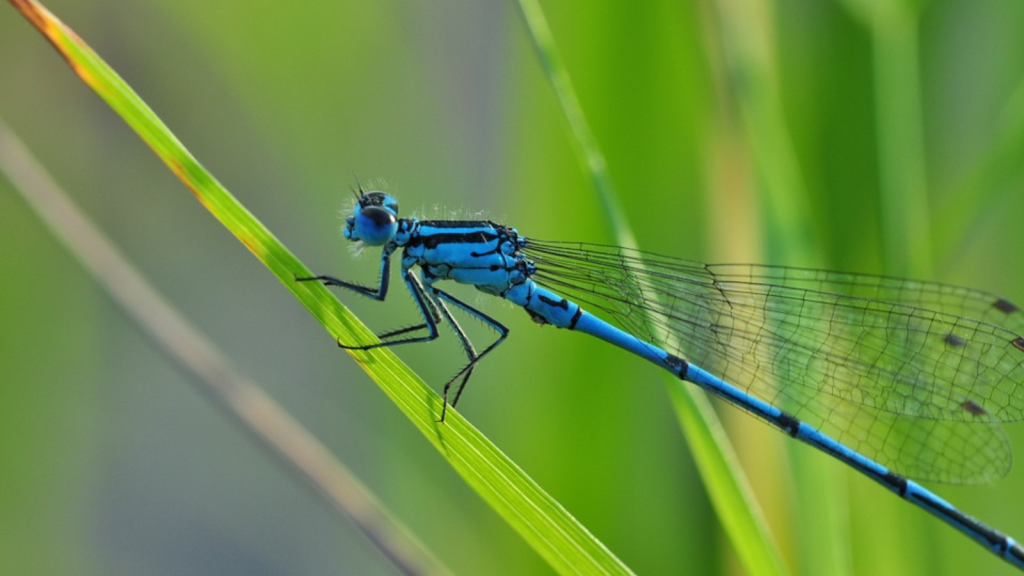
Some species of dragonflies exhibit a form of sexual cannibalism, although it’s not as extreme as in some other insects. In these species, the female may sometimes eat the male after mating. This behaviour is more common when food is scarce. The extra nutrients from consuming the male help the female produce healthier eggs. Male dragonflies have evolved various strategies to avoid being eaten, including approaching females cautiously and mating quickly. Some male dragonflies have even developed the ability to remove sperm from previous mates before depositing their own, ensuring their genetic legacy even in the face of potential cannibalism.
Preying Mosquito
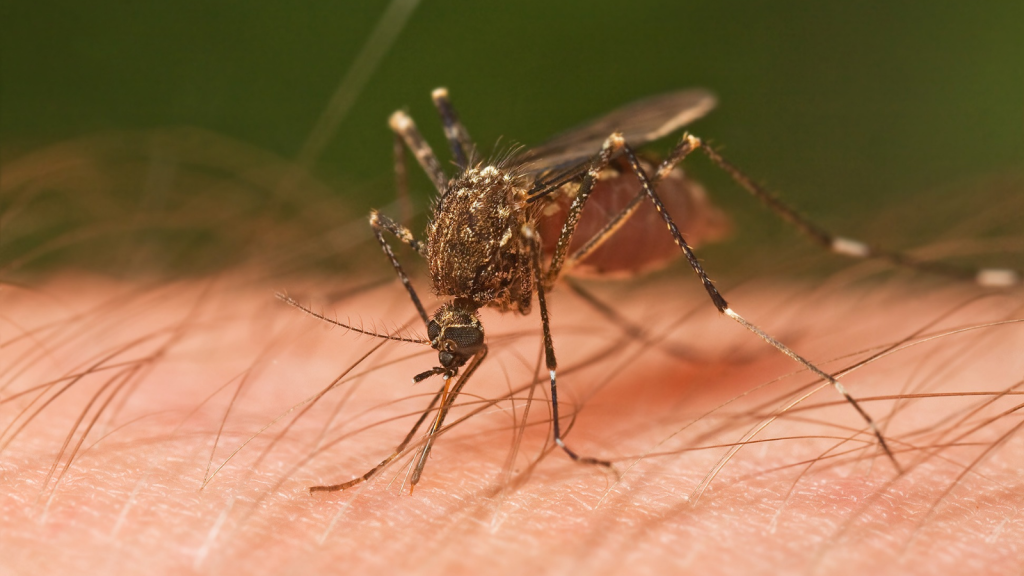
Certain species of mosquitoes, known as “preying mosquitoes”, engage in sexual cannibalism. The female may consume the male during or after mating. This behaviour provides the female with proteins and nutrients needed for egg production. Interestingly, in some species, the male may willingly offer himself as a meal to the female, ensuring that his genes are passed on. This extreme form of paternal investment highlights the lengths some species go to for reproductive success. Some male preying mosquitoes have evolved to produce nutritious secretions that they offer to females during mating, potentially reducing the likelihood of being eaten while still providing the female with valuable resources.

